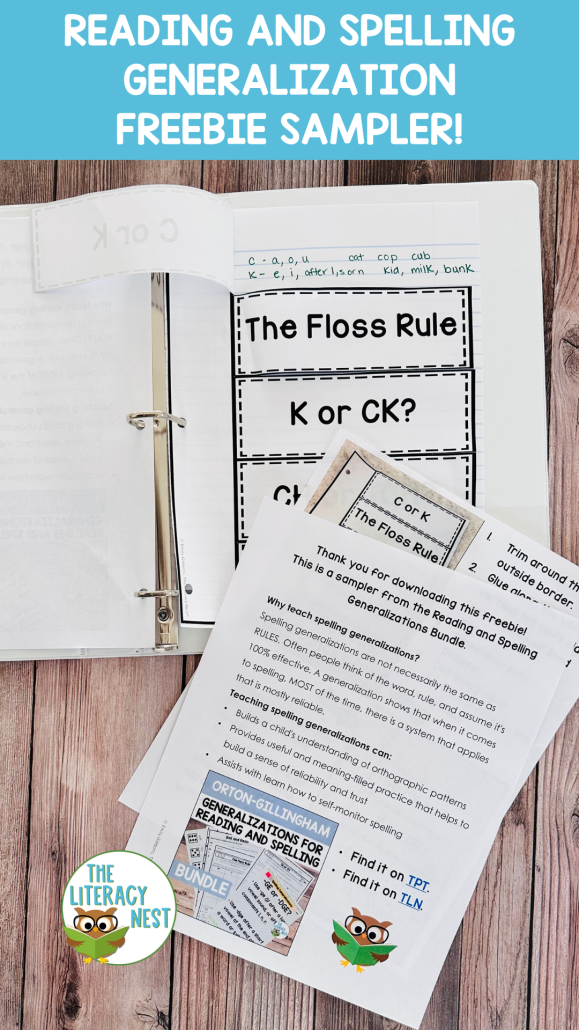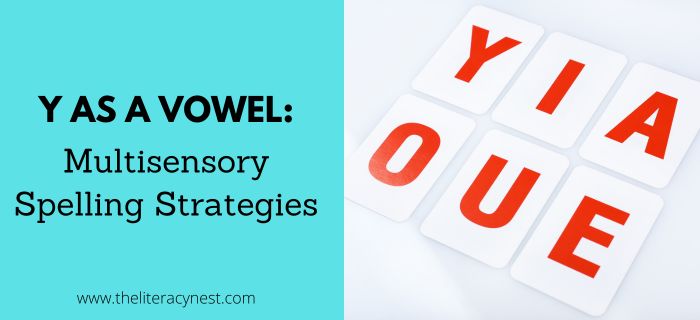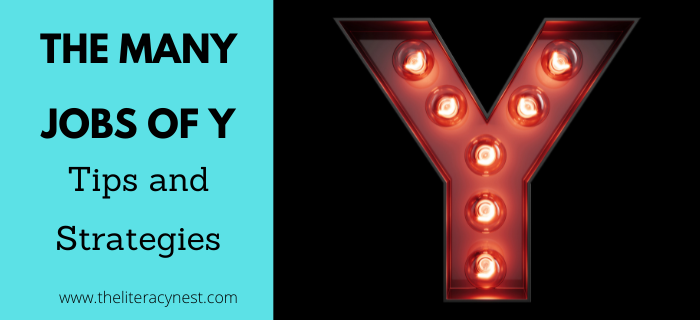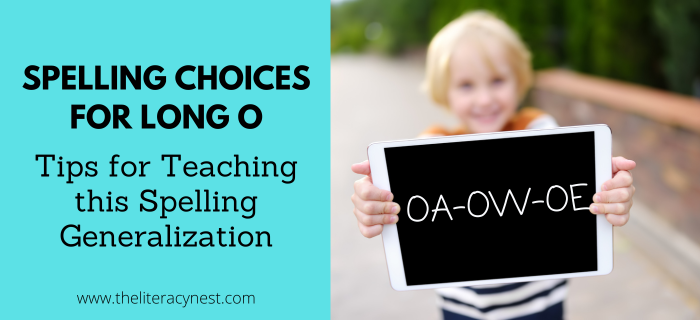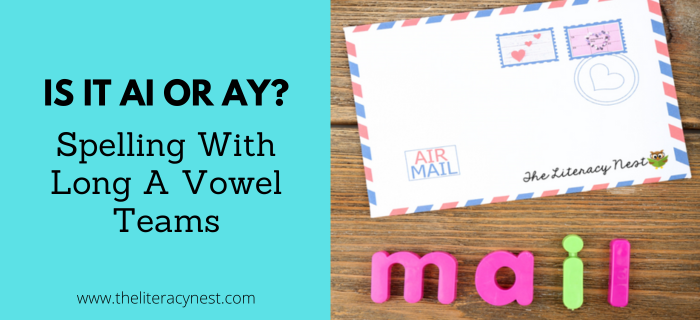Is it -GE or -DGE? How to Teach This Spelling Generalization
GE or DGE? Your student knows more than they think! Whether to use -ge or -dge at the end of a word is the fourth of the short vowel spelling generalizations.

Teaching the GE/DGE Spelling Generalization
This spelling generalization states:
- When you hear the /j/ sound at the end of a syllable AND it is immediately preceded by a short vowel, it is spelled -dge.
- If there is a consonant or vowel team before the /j/, it is spelled -ge.
- J will never come at the end of a word and dge will never come at the beginning.
Some words that follow this generalization include:
Bridge fudge ledge badge lodge
Bulge hinge large gorge revenge
Cage huge siege gouge surge
There are a few cases where dge comes at the end of the first syllable in a multisyllabic word. This is usually when the second syllable is an unaccented schwa sound as in budget, cudgel, or codger.
In order to teach this generalization, it is helpful for your students to know closed, vowel team and r controlled syllable types, be familiar with the terms long and short vowel and discriminating between the two by sound, and be able to segment a word of 4 or 5 sounds. I find it is generally most helpful to teach the soft c and g sounds and the -dge trigraph in reading first.
Once your students are comfortable and familiar with the phonogram, they are ready for the spelling generalization. It is important to refrain from giving words ending in ge and dge in dictation until this generalization has been taught. The foundation can be laid for this new learning early in the process when you are teaching the soft sound for /j/ by teaching students that j is not found at the end of English words. The reason for the e in ge is to make the consonant sound soft.
Here are some guiding questions to help your students make a decision when writing a new word:
- Is the vowel short or long?
- If the vowel sound is short, does the /j/ sound come after a consonant such as l, n, or r? If no, add DGE. If yes, add GE.
- If the vowel sound is long or a vowel team, add GE.
Download our Reading and Spelling Generalizations freebie sampler! It includes mini posters, a note-taker, and a handy cheat sheet with links to blog posts and a video with teaching tips!
Here are Seven Simple Teaching Ideas for GE or DGE:
Download this printable guide for teaching GE or DGE!
1. Sorting
You can sort words by spelling or sort pictures by medial sounds to build skills in listening for short vowels.
2. Start from the known
Since students should already be familiar with the k/ck and ch/tch spelling generalizations, activate that prior knowledge and help students see the parallels between the spelling rules. Ideally, ge/dge will be mastered much more easily due to its relative familiarity and similarity to the known rules. Be explicit in connecting the dots for the students. In my experience, students are relieved to discover that they understand the rule right away and just need additional practice.
3. Review activities
Spending just a couple of minutes each lesson working with this generalization will help to solidify the learning. Have the student fill in the blank with ge or dge to finish spelling words. Ask them to segment a word into its sounds using counters or blocks and decide whether to use ge or dge at the end.
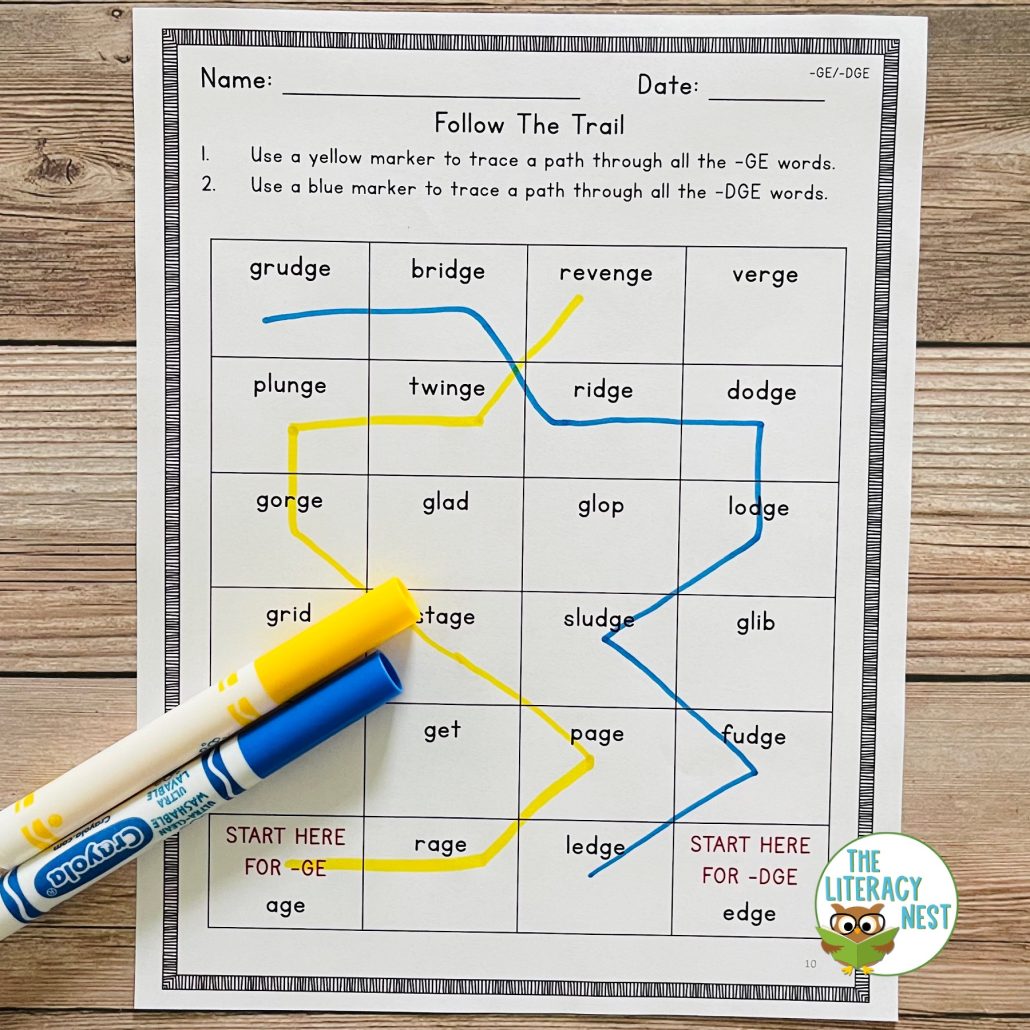
4. Dictation
Make sure to choose words that uphold the generalization. Have your student practice finding the base word and applying the spelling generalization before adding the suffix. Take care to avoid words that require the student to drop the e before adding the suffix.
5. Games
Play games where the student not only needs to read but actually make spelling choices between ge or dge. Make a word list that includes words with the target sounds. Have the student spell a word. If they are able to spell the word correctly, they can roll a die and move along a game board. This basic principle can be adapted in a number of ways. Play ge or dge Jenga, Don’t Break the Ice, or any of the other repurposed games in your collection. Even Go Fish or Concentration can be presented with a spelling twist. Use lots of hands-on multisensory practice. Instead of just writing the right letters in pencil, trace them in a bright color or shape them with Play-Doh.
6. Spiral and Review
I recommend reviewing the k/ck generalization and ch/tch generalization shortly before teaching this new and reviewing this spelling generalization frequently. I find that each spelling rule lays the foundation for those that follow.
Incorporating ge/dge practice into SOS review words is an excellent way to keep this learning fresh. If there are few concepts needing intensive review, cycling through spelling generalizations is always an appropriate review.
As new learning is added to your student’s repertoire, especially adding affixes and spelling rules for adding suffixes, it is often helpful to review the ge/dge generalization to help situate it within the larger context of English spelling.
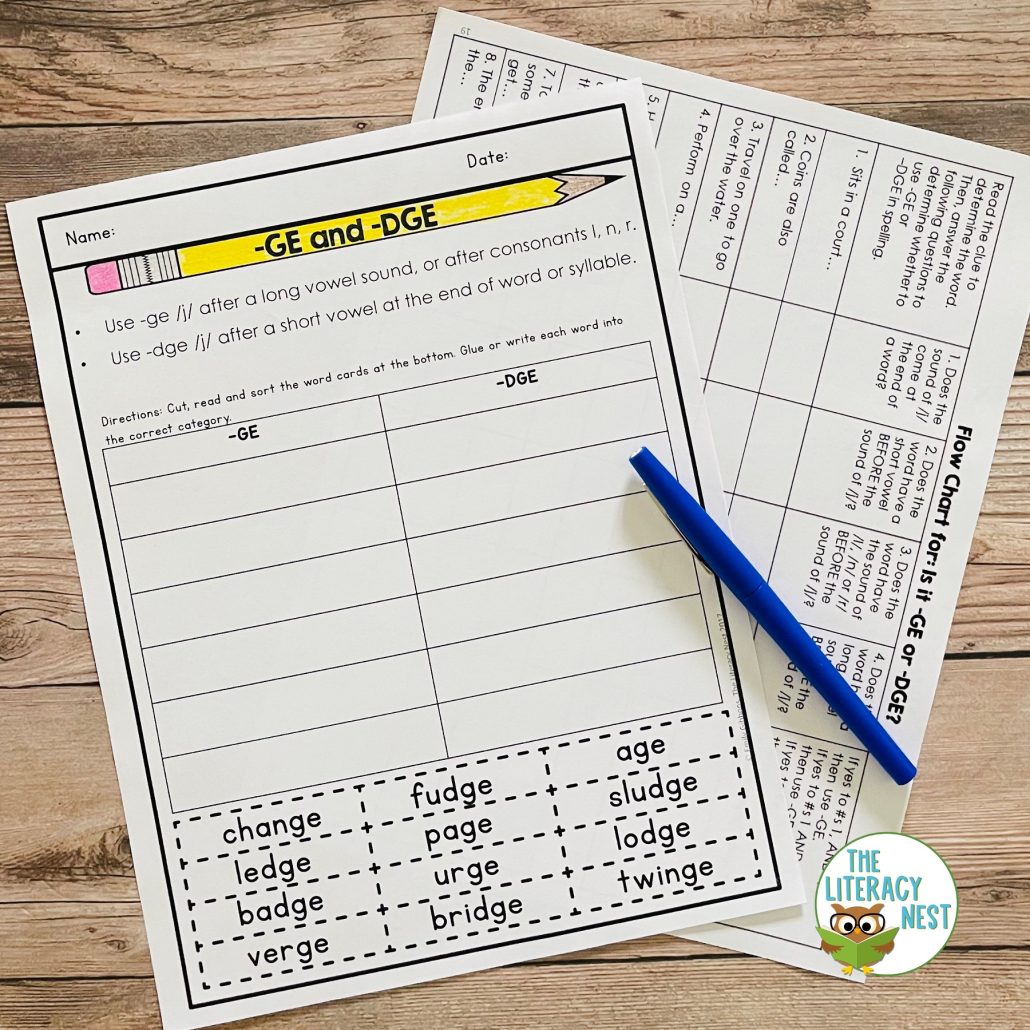
7. Verbalize
It is very valuable to have students explain the spelling generalization in their own words. It is often easier for them to explain when to use DGE, rather than explaining all the many circumstances when they would use GE. Another way to encourage students to have a deep understanding and ability to explain the generalization is to ask them why they made the spelling choice that they did. For example, in the word hedge, you could ask the student why they used dge or why they chose to use ge in the word huge or fringe. This will often expose any misunderstandings or areas that need clarification.
When you are teaching and practicing this spelling generalization will not only provide students a tool for spelling many words, but it will reinforce one of the key jobs of silent e – to make the g or c sound soft. Beginning to build this understanding will help with many other spelling situations as well.
GE and DGE Spelling Rules for Orton-Gillingham Lessons
Are you looking for systematic and explicit phonics instruction? This resource teaches the spelling generalization GE and DGE. It is compatible with Orton-Gillingham lesson plans, dyslexia intervention, online tutoring, distance learning and other reading intervention programs. If you are an Orton-Gillingham tutor or teacher, these work well with your lesson plans!
You can grab it at The Literacy Nest Shop or on TpT.
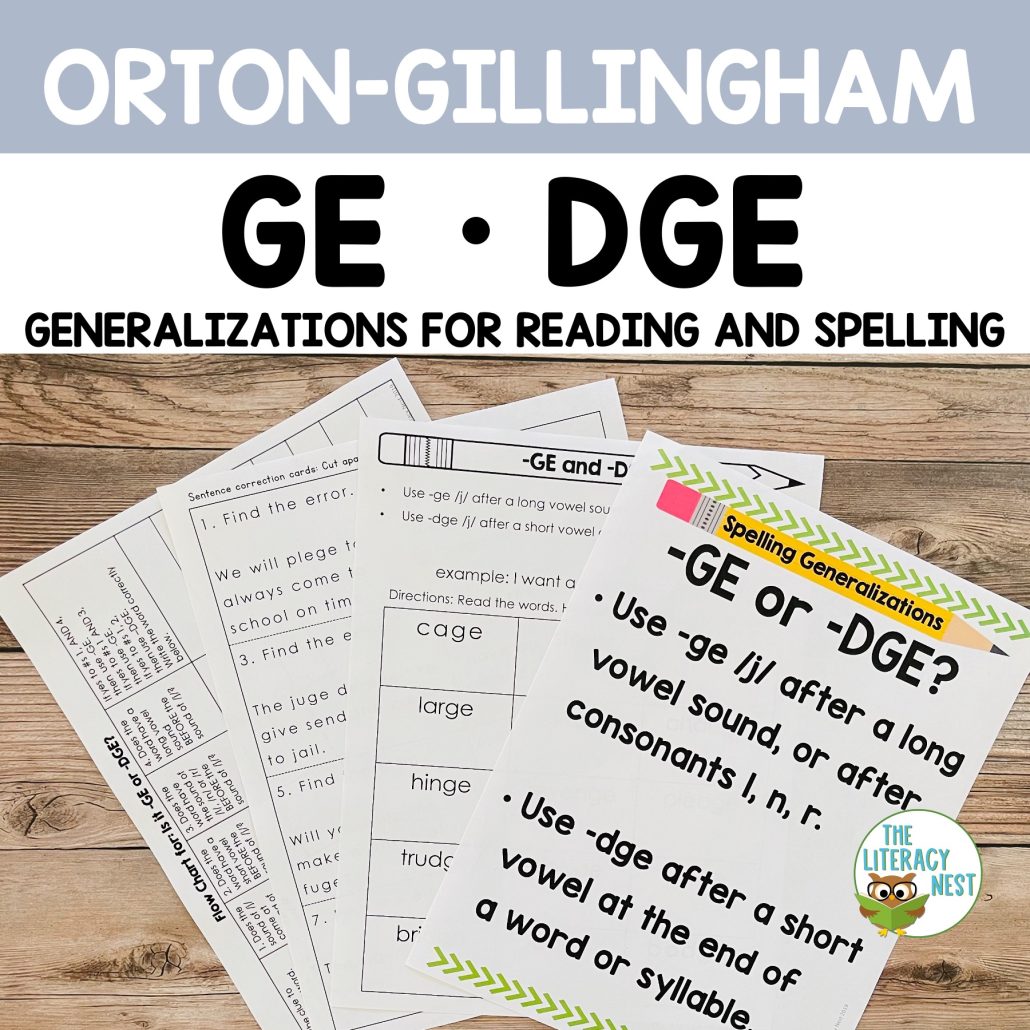
If you are seeking more advanced practice, you’ll want to check out this Spelling Generalizations bundle. And be sure to catch our other spelling generalization blog posts HERE for LOTS more tips.
Are you looking for a list of GE or DGE words? Word List Builder has got you covered!
Save time searching for GE words or DGE words! Create customized and meaningful review, build your folder of words, create templates and games, and much more in Word List Builder.

